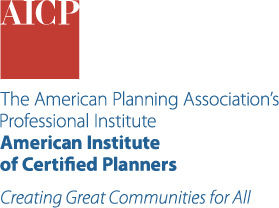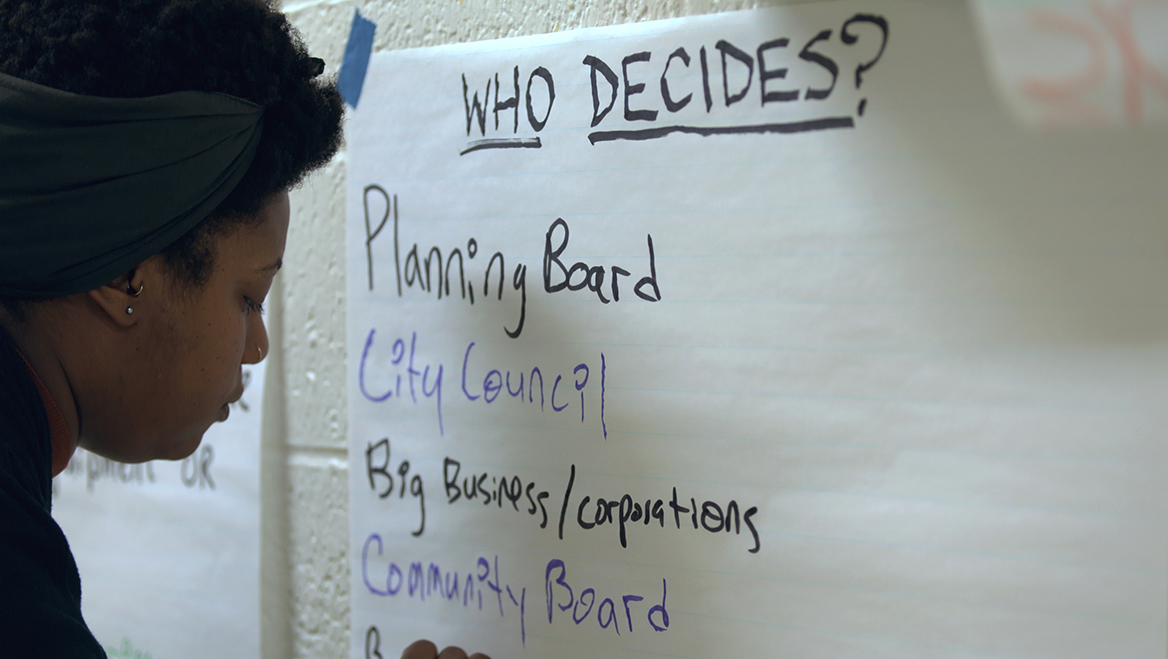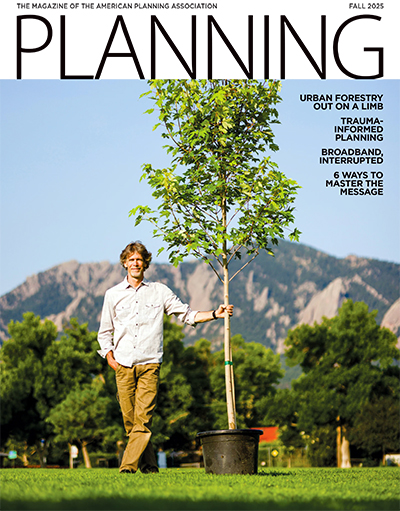Sept. 25, 2025
For 15 years, a major redevelopment project has been in the works on Brooklyn's waterfront. Known as "Industry City," the $1 billion adaptive reuse project encompasses 16 massive buildings spanning a dozen city blocks. But planners, developers, and neighborhood activists have struggled to agree on a plan to revitalize the site while preserving the diverse cultural identity of the surrounding neighborhood, Sunset Park.
This fascinating but complex issue is at the heart of Emergent City, a new documentary directed by Kelly Anderson and Jay Arthur Sterrenberg. The film tracks the project through a long string of approval stages, from initial public outreach and scoping sessions to hearings with the planning board and city council.
Originally part of Bush Terminal, a large industrial development along the Gowanus Bay, the site began to decline in the 1970s as factories closed. By 2010, the once-bustling complex was a shadow of its former self. Real estate is a cyclical business, though, and the tides turned again for Bush Terminal around 2013, when a consortium of big names and backers led by Jamestown Properties purchased the site.
A key to their envisioned project would be rezoning the site to allow for a new mix of uses; including hotels or dorms; more entertainment and recreation; and office, retail, and light manufacturing.
Emergent City focuses primarily on the private redevelopment of the northern end of the Bush Terminal site. The southern portion of the property is owned and managed publicly by the New York City Economic Development Corporation.
Throughout the film, the camera is always in the room (or street corner or limousine ride) as planners, developers, local businesses, and neighborhood groups intersect to work through their own visions for the site. Among the voices is Carlos Menchaca, at that time a member of the city council, who grows increasingly exhausted and frustrated with trying to keep everyone working together.
The film's promotional materials bill Emergent City as "a microcosm of American democracy," but that might sell it short: Rather than simply capturing a series of public meetings or angry demonstrations, the film honestly demonstrates the profound problems emerging with the current state of the fractured political processes. Nothing is possible without compromise and trust, but our increasingly factionalized and rancorous politics is making it impossible to find common ground or shared understanding. Nothing is possible without capital, but cities and public agencies lack the resources to fund all the projects they need, and the private sector does not necessarily share the concerns of a neighborhood, nor can a project secure funding without the revenue streams that investors demand.
It's also not possible without leadership, but as we see with the optimistic and energetic young city council member, the grinding nature of these bitter, ugly, and protracted disputes can wear down even the patience of a saint.
Democracy is a messy, often unpleasant process. Emergent City allows this dysfunction to spill out onto the screen, unsettling as it may be. Despite the best work of public and private planners, progress can feel more like half-victories, grudging acceptance, or the inevitable pivot to some other crisis. In the face of these realities, the film does a remarkable job of presenting complex issues without simplifying debate into "heroes vs. villains."
The documentary would be well suited for a classroom setting. One idea could be to watch the first hour with students and then pause at the critical moment when the councilmember must decide whether to support the zoning change. Ask them what they would do and why? Perhaps the next generation of emerging planners can figure out a better way.
Emergent City is available for streaming until November 16, 2025, on the PBS app.
If you enjoyed Emergent City, you may also like ...
MY BROOKLYN (2012)
Directed by Kelly Anderson of Emergent City, this film blends the director's own personal story as a self-described "gentrified" resident of Brooklyn as she confronts her role in the processes of global capital and economic redevelopment changing her neighborhood.
My Brooklyn is available to rent on Vimeo.
EVIL DOES NOT EXIST (2023)
This thriller by award-winning director Ryusuke Hamaguchi explores the fictional development of a luxury "glamping" facility in rural Japan. But the dynamics of community opposition, seen through an uncomfortable and intractable public process, are remarkably like those in Emergent City.
Evil Does Not Exist is available to stream on The Criterion Channel with a subscription.




